France shares a border with eight different countries, making it a perfect melting pot of cultures within the European Union. For example, if you travel east to the city of Strasbourg, you will easily notice German influences within the architecture.
Similarly, if you continue southeast to the city of Nice, you will arguably debate whether the city is actually a part of France or Italy.
Finally, as you venture north, past Lyon, Paris, and Picardie, you will find yourself in the city of Lille, just a few kilometers from the Belgian border.
And although the typical “Ch’ti” accent, delicious baguettes, and the abundance of dog poo on the street are undeniably French, here are five reasons why Lille should actually be a part of Belgium.
The Beer
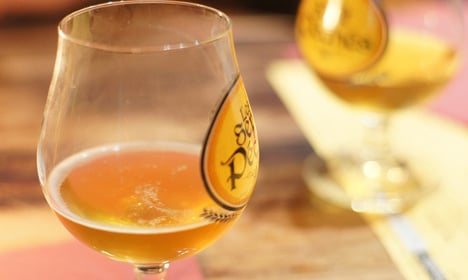 Photo: Anthony Jauneaud/Flickr
Photo: Anthony Jauneaud/Flickr
Although France is famously known for its wine, Lille is considered to be beer country. Highly influenced by deliciously tasting Belgian beer, you don’t come to Lille to drink wine. Instead, indulge in Tripel Karmeliet, Chouffe, Duvel, Grimbergen, or Leffe. But drink in moderation—Belgian beer is strong!
The Flemish Architecture
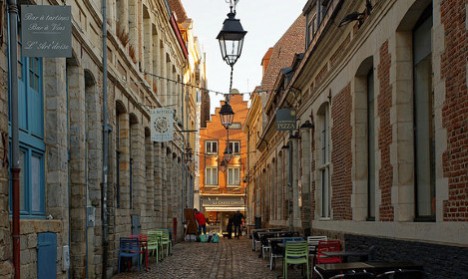 Photo: Guillaume Delebarre/Flickr
Photo: Guillaume Delebarre/Flickr
Once a part of the County of “Flanders”, the city of Lille contains architecture that is much different to the rest of France. Like most of Dutch-speaking Belgium, Lille is filled with Flemish-style buildings and red brick structures. Vieux Lille is especially colorful—be sure to admire the medieval structures, roofs, and narrow, cobblestoned streets.
The Belfries
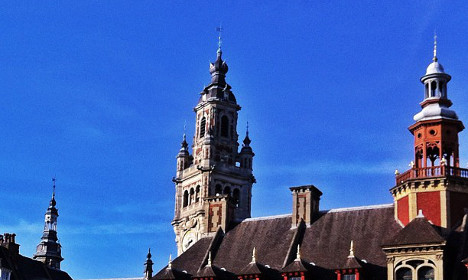 Photo: dlwillis11/Flickr
Photo: dlwillis11/Flickr
There are over 30 belfries throughout the Belgian regions of Dutch (or “Flemish”) speaking Flanders and French-speaking Wallonia. Belfries were originally constructed to be used as both a watchtower and a bell tower, while also to symbolize the cities’ individual independence and power.
Because parts of northern France used to be a part of Flanders, Lille, as well as several other French cities also have belfries. In fact, UNESCO named the Belgian belfries as a World Heritage site in 1999, and added the 23 French belfries in 2005.
Les Friteries ou La Baraque à Frites
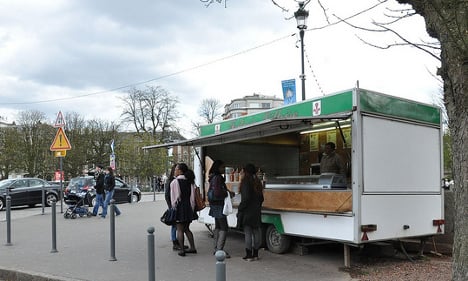 Photo: Julien/Flickr
Photo: Julien/Flickr
You cannot visit Lille without indulging at a Friterie or a Baraque à Frites, as they are interchangeably called.
Often found in town squares as well as on high way roads, French Fry Stands are an essential part of both Belgian and Northern French culture. Usually, the “restaurant” runs out of a converted trailer, caravan, or small truck, and most orders are made to go, unless the Friterie also provides a few tables for paying customers.
Typically, the fries are served in a plastic cone, with the sauce on top and a small, plastic fork (tip: Ask for the sauce on the side for a “cleaner” experience!) If you’re feeling especially daring, order a Fricadelle, the most typical meat dish served at Friteries. Just don’t ask what’s in it!
Bike Culture and Flatness
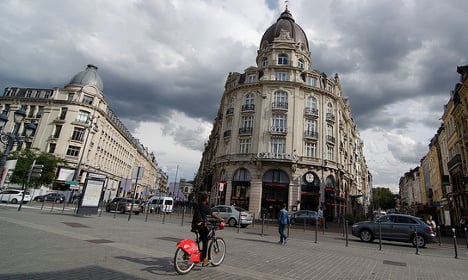 Photo: Fabien Lemetayer/Flickr
Photo: Fabien Lemetayer/Flickr
Just like the Netherlands and Belgium, Lille is an extremely flat city (just climb to the top of the belfry if you don’t believe me!) Because these northern countries are so flat, they are extremely bike able, with cities such as Amsterdam and Ghent especially known for being bike-friendly.
Lille has a great bike-sharing system called V’Lille. It is easy, safe, and an inexpensive way to get around the city, with many designated bike lanes and docking stations placed strategically around the city.
To read more from American blogger Dana Wielgus, visit her blog As Told by Dana.



 Please whitelist us to continue reading.
Please whitelist us to continue reading.
Member comments